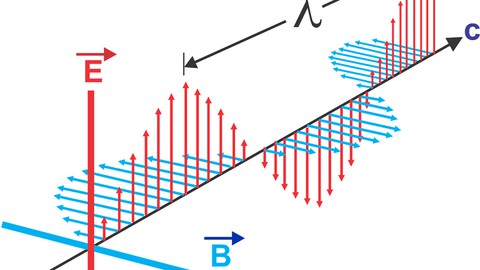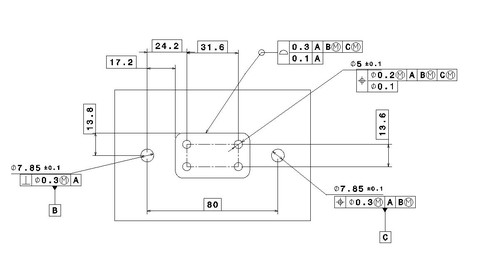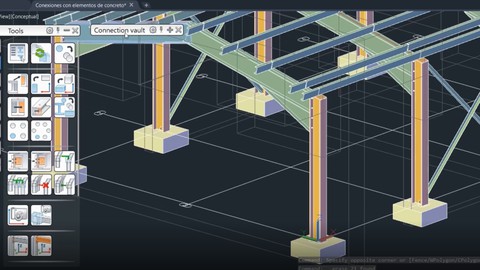Mô tả
Welcome to the dear learners of the Electromagnetic Field Theory Online learning course students!
PVV details the step-by-step procedure for learning Electromagnetic Field Theory&Transmission Lines course from Scratch. Online learning course from scratch. Electromagnetism is a branch of physical science that deals all about electricity and magnetism interactions. This field plays a vital role in electronics. Now we are living under the EM waves because EM is all around us, every time we turn ON any switch or if we press any key on a computer keyboard, or every time we perform a similar action involving an everyday electrical device, electromagnetic actions comes into the picture to play. The most common use of electromagnets is in electric motors are using in our domestic purpose in our homes. of course, vacuum cleaners, refrigerators, washing machines, tumble driers, food blenders, fan ovens, microwaves, dish-washers, hair driers all are based on some principles of electromagnetic induction and other ways. So It is a foundational stone for the upcoming modern technologies in computer science engineering, electromechanics engineering, and photonics technologies.
The course comprises 7 sections
Section1:Introduction to electromagnetics which is a prerequisite to learn EM field theory course covered
Section2: Review of coordinate systems
Section3: Electrostatics
Section4: Electromagnetics
Section5:Electromagnetic characteristics
Section6:Transmission lines1
Section7:Transmission lines2
Introduction:
Electromagnetics (EM) is the subject having to do with electromagnetic fields. Electromagnetic field theory is essential to the course for developing the mist of electronics devices like switches, relays, and some electromagnetic devices also developed by this knowledge. So EM theory is essential and necessary on the basis for understanding the devices and systems used for electrical and magnetic energy. Both electric and magnetic fields are defined in terms of the forces they produce in the real world. An electromagnetic field is made up of interdependent electric and magnetic fields, which is the case when the fields are varying with time, that is, they are dynamic in nature. So those who want to look for the design of electromagnetic devices this course really helps a lot and undergraduates also can take this course for betterment in their career.
What is a field and what is a vector field and what is a scalar field and how the field is created and how the field will act on point charges and in charged bodies will let you know in this course.
First, you will learn the Review of coordinate systems: So the review of coordinate systems deals with the cartesian, cylindrical and spherical coordinate systems and how to convert one coordinate to another coordinate system.
Before learning the EM field theory some vector algebra also required all the concepts which are required are given in the course as a part of the introductory part. Later discussed the divergence and gradient, as well as the stokes theorem and the divergence theorem, were discussed elaborately.
In the next section, you will know all about electrostatics that means coulombs law and electric field and electric field intensity at different charged bodies and in given points. Gauss law and Laplace and Poissons law relaxation time and uniqueness theorem electric potential energy density also discussed clearly.
In magneto statics deals with all about when the charges are in motion. in this section you will learn the biot savarts law, amperes circuit and force law as well as the fore between two parallel conductors and other important topics covered.
In electromagnetic characteristics deal with electric field components and magnetic components how it will be varied with time and the eave equations and wave propagation for dielectric medium and conductors solved. Intrinsic impedance and polarization techniques were also covered elaborately.
In the next subsequent sections transmission lines 1 and 2 discussed and what is transmission lines and the derivation of basic transmission lines and intrinsic impedance, open circuit and short circuit conditions in the load for transmission lines and other concepts delivered.
Feel free to ask any doubt while learning the course
Happy learning!
Skill Gems Education
PUDI V V S NARAYANA
Bạn sẽ học được gì
Yêu cầu
Nội dung khoá học
Viết Bình Luận
Khoá học liên quan

Đăng ký get khoá học Udemy - Unica - Gitiho giá chỉ 50k!
Get khoá học giá rẻ ngay trước khi bị fix.


















Đánh giá của học viên
Bình luận khách hàng